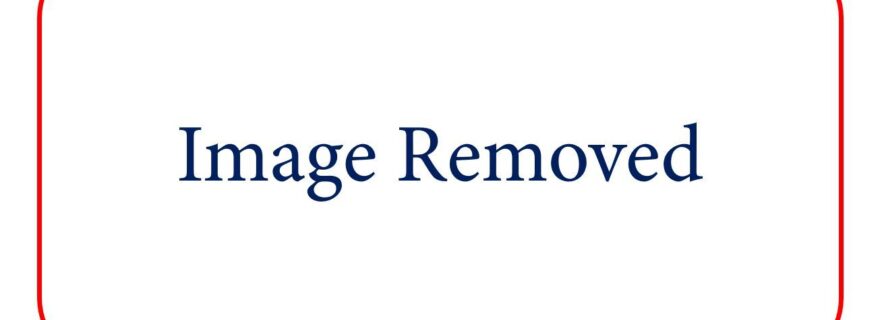Workshop valorization and interdisciplinary research: The example of NITIM
Tsunamis, Hurricanes or other large natural hazards form textbook examples of a combination of interdisciplinarity and valorization. NITIM conducts research in this field.
At the official opening of the Graduate School of Faculty Campus The Hague on January 30, 2014 , several workshops were held to discuss key issues in research at this relatively new faculty of Leiden University. One of them was on valorization and interdisciplinary research, discussing amongst others the work and workings of the international interdisciplinary graduate school on Networks, Information Technology & Innovation Management (NITIM).
Valorization can be understood in many different ways, for instance as the process of knowledge and technology transfer that bridges the gap between fundamental research and applied research, and society. Some argue valorisation should go even one step further. Universities (and other research institutes) should see to it that their (scientific) knowledge can be made to serve economic and social purposes at an accelerated rate. Many different academic disciplines could play such a role. Increasingly, however, interdisciplinary research is regarded as the main driver for valorization. According to Horizon 2020 -- the biggest EU Research and Innovation program ever – the key to future scientific breakthroughs lies in interdisciplinary research. According to the EU, particularly when addressing societal challenges, Horizon 2020 has to strike the right balance between supporting research in all scientific disciplines, including the social sciences and the humanities, and creating opportunities for both large-scale and small-scale projects that break through disciplinary boundaries. This should lead to more breakthroughs, discoveries and world-firsts by taking great ideas from the lab to the market.
At Faculty Campus The Hague of Leiden University, many have already been quite successful in addressing the demand for valorization and interdisciplinary research in terms of (EU-funded) projects for applied research with partners from different (academic) fields. At the workshop one such example was discussed in more detail; the example of NITIM. This network brings together researchers from different disciplinary backgrounds who appreciate the need for interdisciplinary work in order to address complex issues of a networked world such as open innovation, entrepreneurship or crisis management. The research project in the latter field, aims to gain insight into how constellations of actors in the field of disaster management who are operating in different domains and have different agendas or operating logics can work together to, for instance, be equipped respond quickly and effectively to Tsunami’s, Hurricanes or other large natural hazards. A textbook example of a combination of interdisciplinarity and valorization.


